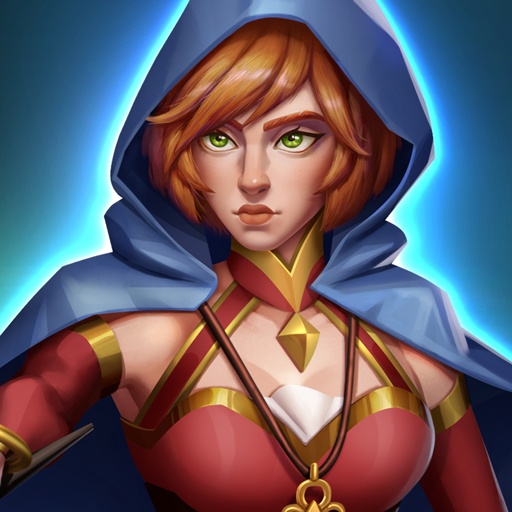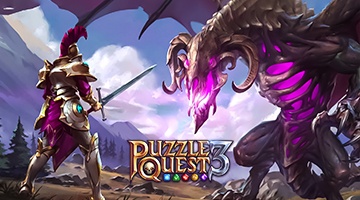Puzzle Quest 3 Beginner’s Guide with the Best Tips and Tricks for Newcomers

Puzzle Quest 3 is an interesting blend of RPG with match 3 based combat, where players get to explore a sprawling and thrilling narrative, while also engaging and fighting against a variety of monsters and enemies. The exciting part about this is, while fights play out through turns and by matching pieces on a board, just like in games like Candy Crush, there’s also a mana system in which players can combine pieces of a specific color to gather mana, which can then be used to unleash devastating skills. Plus, on every turn, a player can perform several moves within a short timeframe, giving this game a layer of execution skill to go with its strategy aspects.
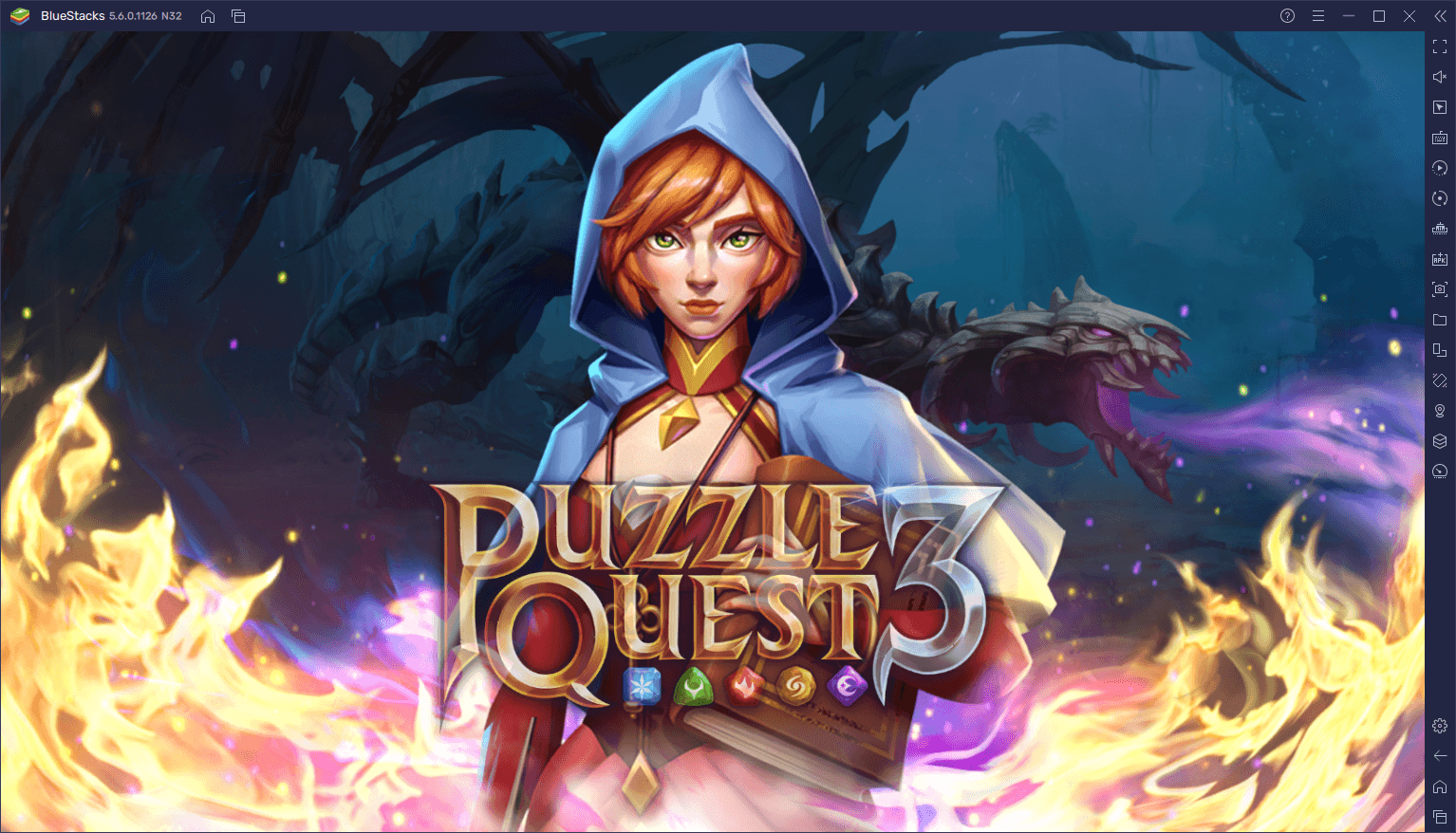
Suffice to say, despite being a match 3 game, which are usually known as some of the most casual titles on any given platform, there’s a lot to Puzzle Quest 3; at least much more than initially meets the eye. For this reason, it’s not uncommon for new players to find themselves a bit lost and struggling against the tougher enemies. Hence, we have decided to create this Puzzle Quest 3 beginner’s guide where you can grasp the basics and build a strong foundation that will let you tackle the hardest challenges in the game.
The Turn-Based Match 3 Combat System
Starting off with one of the defining aspects of this game: its combat system.
Fights in Puzzle Quest 3 take place on a board with tiles of different types and colors, similar to any other match 3 game. The idea is to make combinations of three or more of the same tiles in order to either attack the enemy, gather mana that can be used to unleash powerful spells, or a combination of both.
The fights themselves take place in turns, with the player and the monsters trading attacks back and forth. Each turn gives the player a base time of 2 seconds to make as many matches as possible on the board, and depending on the types of matches, a variety of things can happen. For instance, by combining at least three skulls, the player will deal direct damage to the enemy. However, combining pieces of a specific color will add to the player’s mana pool, which can then be used for activating skills. Also, depending on the color of the tiles in relation to the player’s equipped skills, the hero may also deal slight damage when collecting mana.
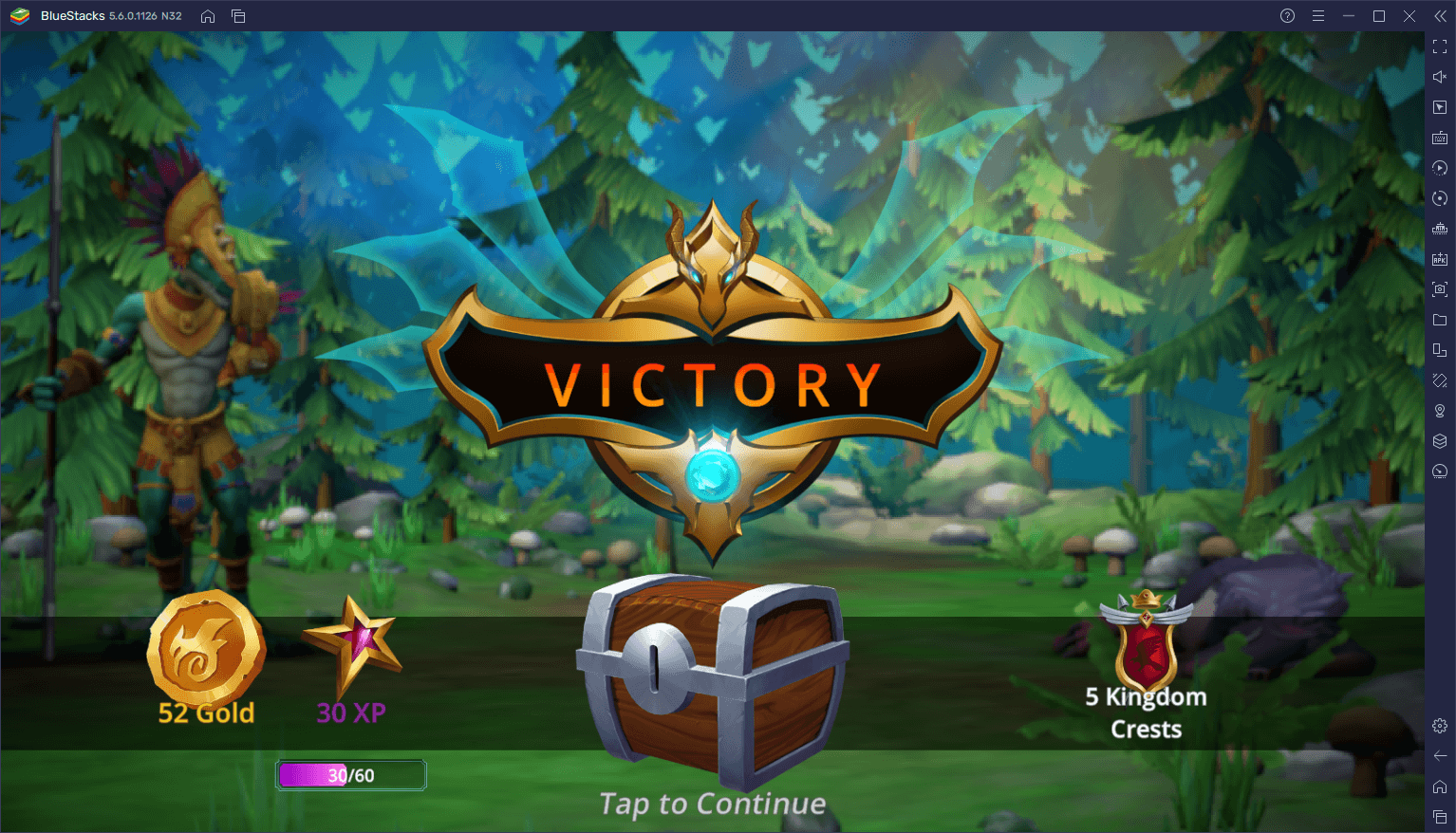
As expected, the match ends when either of the two parties falls defeated.
The Mana System
While it’s possible to get through the first few levels simply by combining tiles of your same color along with some skulls, you’ll have much more success by using skills. However, in order to do that, you’ll need to learn about the mana system.
In a nutshell, mana is the resource used to power your skills, and the way to get it is by combining tiles of the same color as the skills you have equipped. For instance, if you have a red skill, and you combine three red tiles in a turn, you’ll add 30 mana towards that skill. And once you have enough mana, you can click the skill during your turn to use it. However, you need to be careful when combining tiles, as these combinations will also give mana to your enemy. Moreover, combining tiles of the same color as the enemy’s type will give them extra mana on that turn.
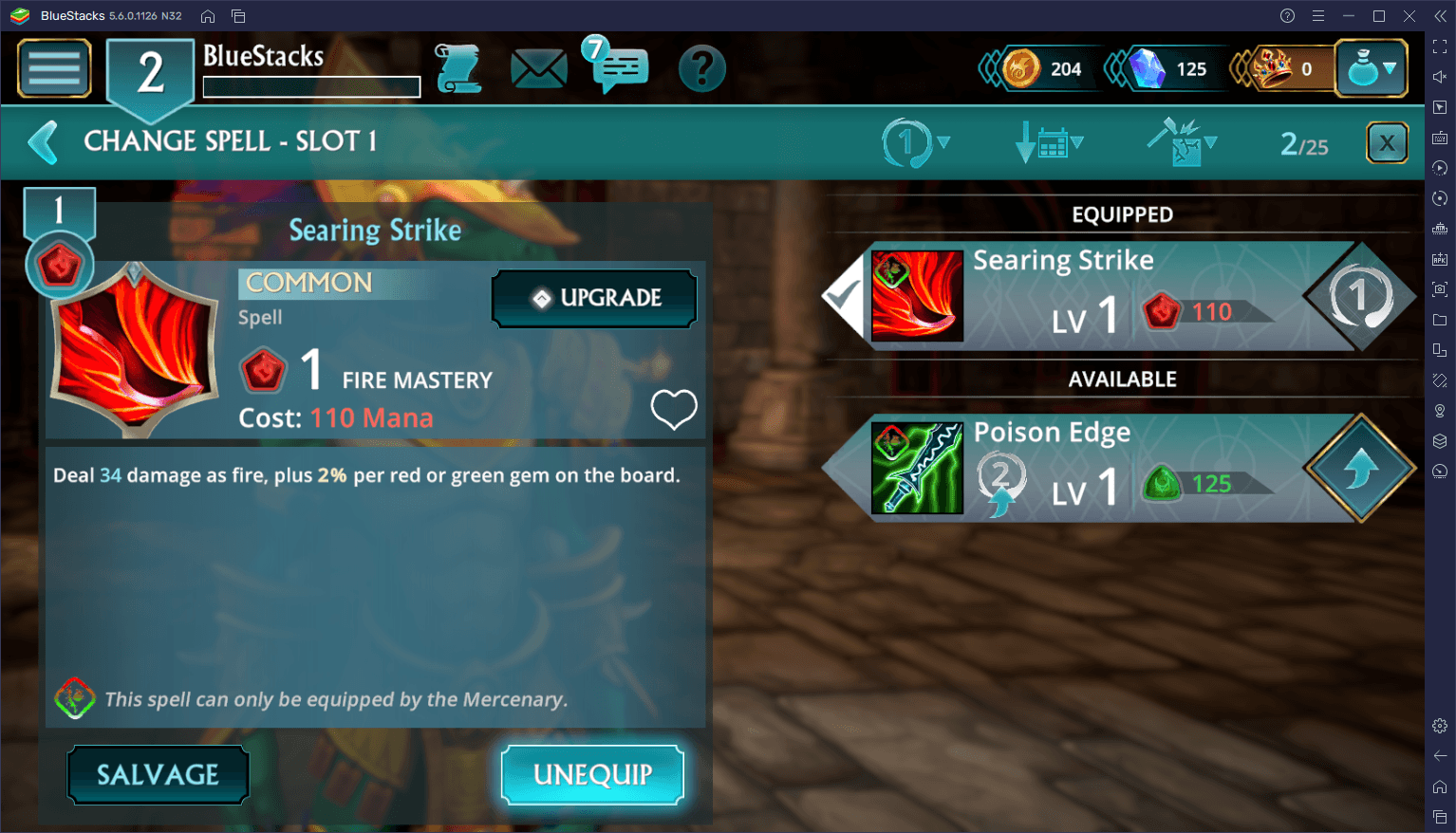
It’s worth pointing out that using skills does not take any time nor does it end your turn. Also, every time you combine tiles of the same color as one of your skills, you’ll deal slight damage to the enemy. As such, by having multiple skills of the same color equipped, you can deal decent damage while also gathering mana.
Gratuitous use of skills whenever they’re available is the key to success in Puzzle Quest 3.
The Elemental Matchup System
Every enemy and hero in this game has a base element, represented by their color. These elements are relevant since they each are strong against one, and weak to another, and using these elemental matchups to your advantage can be pivotal for winning battles in this game.
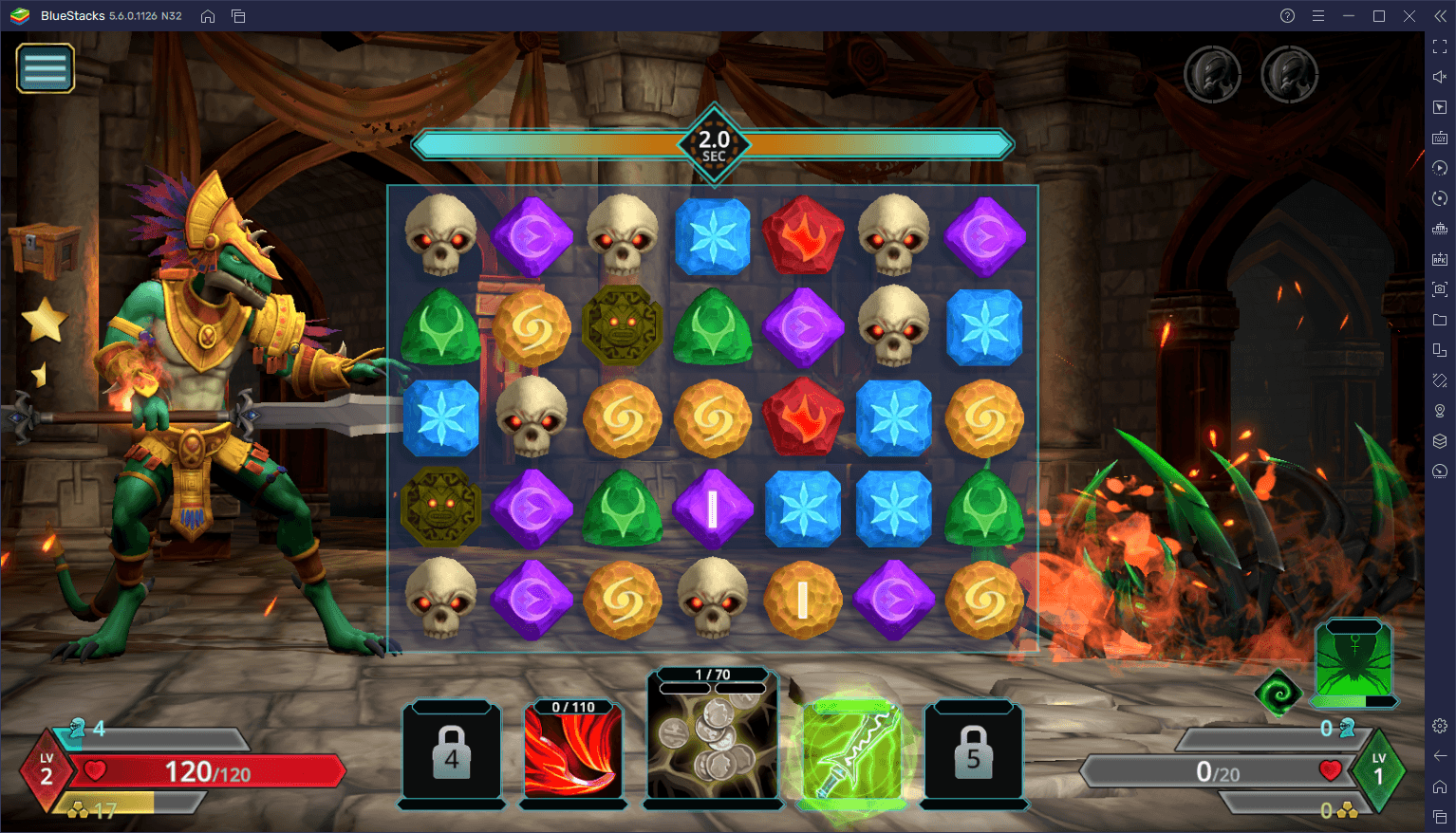
Whenever you want to target an enemy’s elemental weakness, remember that fire beats poison; poison beats ice, and ice beats fire. Light and dark, on the other hand, fall outside of this triad, and deal increased damage to each other.
Special Tiles and Combinations
The minimum possible number of tiles you can combine is three, regardless of the color. However, by combining more than three tiles in a single chain, you’ll create a special piece that is worth more mana when combined. These tiles are represented by the roman numerals that appear on them when created, which go from I (4 tiles of the same color) to X (13 tiles of the same color). When combined in another turn, I tiles are worth 20 mana, II tiles are worth 40 mana, III tiles are worth 60 mana, and so on. And while they don’t add mana, this also applies for the damage done by skull tiles.
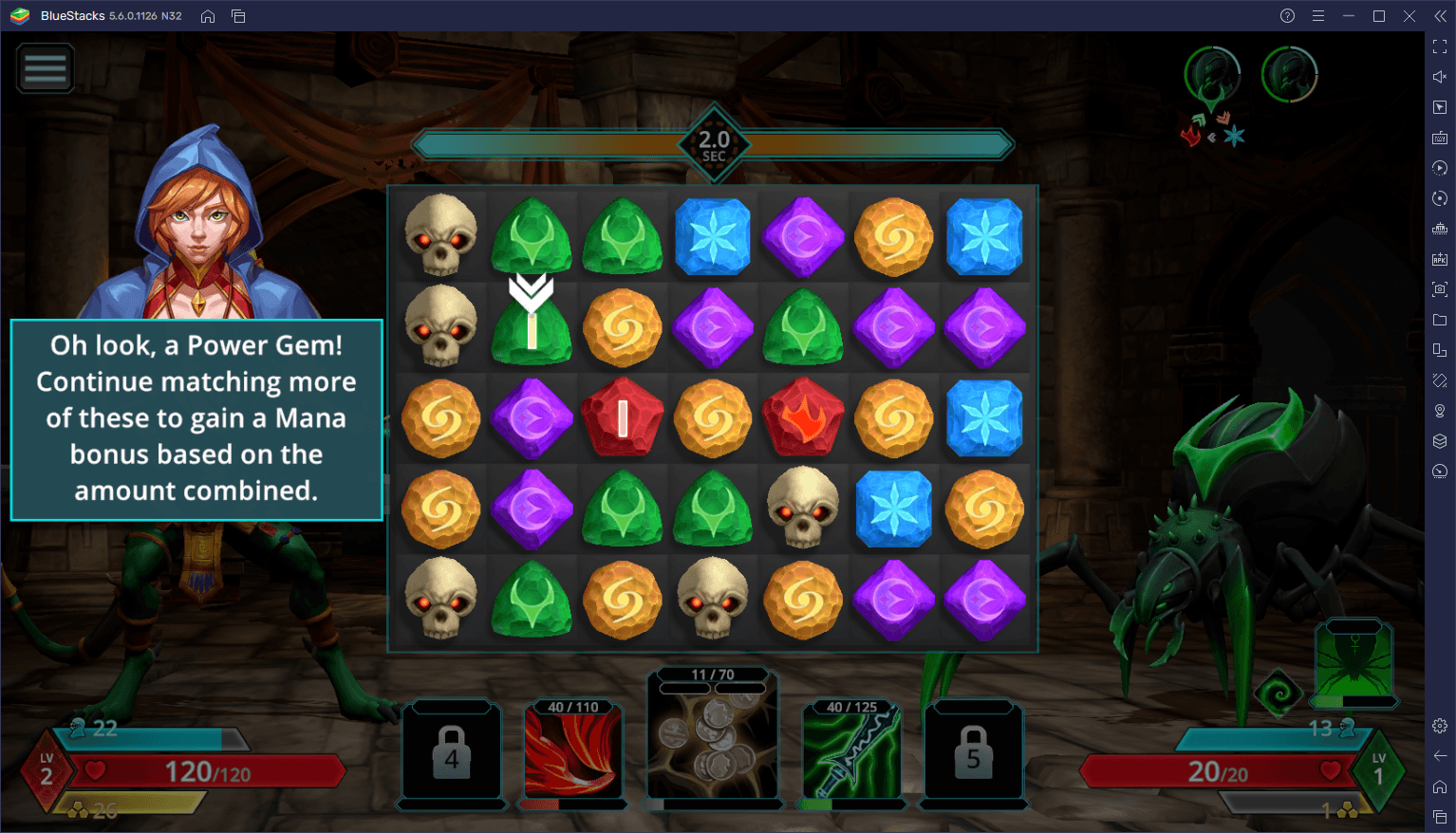
Aside from chains of the same tiles, there are also other special combinations that you can create to unleash special effects. For instance, by creating a chain of at least 8 tiles of any color, you’ll gain the Heroic Effort buff, which increases all damage done by 100% for 2 turns. Additionally, if you create a horizontal chain of a single color that goes from one edge of the board to the other, you’ll stun the enemy, interrupting their next turn.
A good way to boost your odds of winning matches in Puzzle Quest 3 is by not only creating the longest possible chains, but also keeping in mind the special combinations that could give you an extra boost in combat. Keep in mind that, while the base time that you have per turn is only 2 seconds, every match that you create slightly refills your timer, giving you even more time to create more combos. As long as you don’t lose momentum, you can create huge combos to destroy your enemy in a single turn.
Armor, Health, and Resistance
While the objective of any battle is to reduce the opponent’s HP to 0, you’ll notice that the damage that you do is reduced by either their armor or resistance values. These two parameters are represented by the blue (armor) and yellow (resistance) bars above and below the enemy’s HP, respectively.
All physical attacks and skills must go through armor before being able to affect the enemy’s HP, while all elemental attacks go through resistance before actually doing damage. Some enemies might have more armor than resistance, or vice versa, so adapting your approach accordingly is important for fighting the toughest enemies.
Hero Stats
Though not necessarily important to know, it’s nice to understand the different stats and how they affect your hero’s combat capabilities. Specifically, each hero has a slew of different stats, each governing a different aspect of their abilities. Here’s a breakdown of all these stats along with their effects:
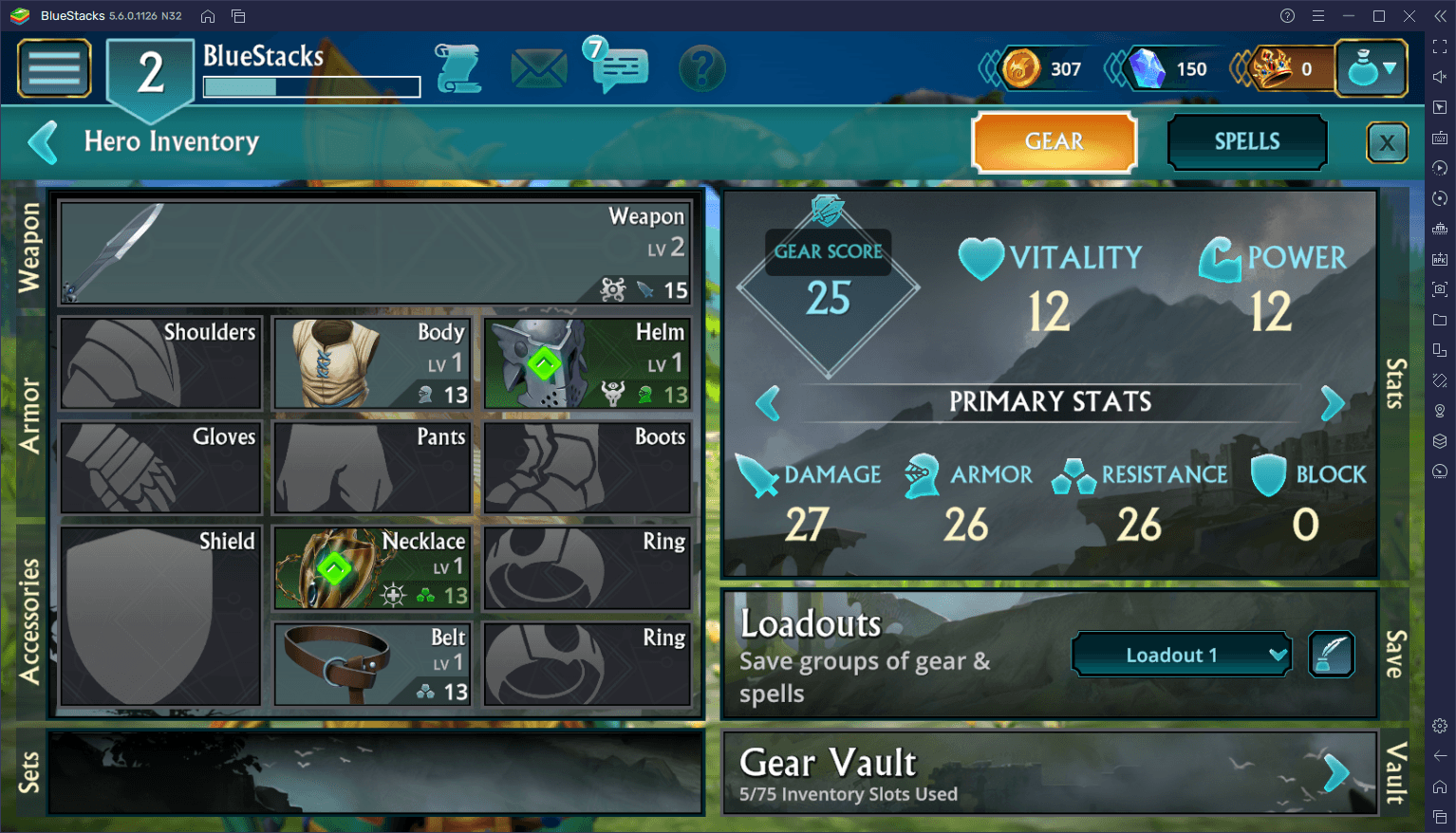
- Power: Determines the damage done by skulls and spells.
- Vitality: Determines the hero’s starting HP.
- Speed: Slightly increases the timer for matching tiles during the player’s turn.
- Elemental Mastery: Determines the amount of mana generated by combining tiles of the corresponding elements.
- Block Chance: Gives the player a chance to block enemy attacks.
- Block: Determines the amount of damage reduced on a successful block
- Critical Chance: Determines the chance of dealing extra damage on every skull attack.
- Critical Damage: Governs the damage boost on every successful critical hit.
While each hero has their own stat distributions, you can increase these by equipping different pieces of gears, which brings us to our next and final point…
Gearing and Upgrading
As you clear levels, you’ll receive chests that can be opened either with gems, or by using keys. These chests can contain a variety of goodies, including powerful pieces of gear.
Once equipped, your gear will instantly boost your vital parameters like armor, resistance, and even sometimes HP. However, the gear you get at first will be very basic and won’t likely bring any important benefits. Regardless, you should still equip them as they will give you an extra layer of protection against enemy attacks.
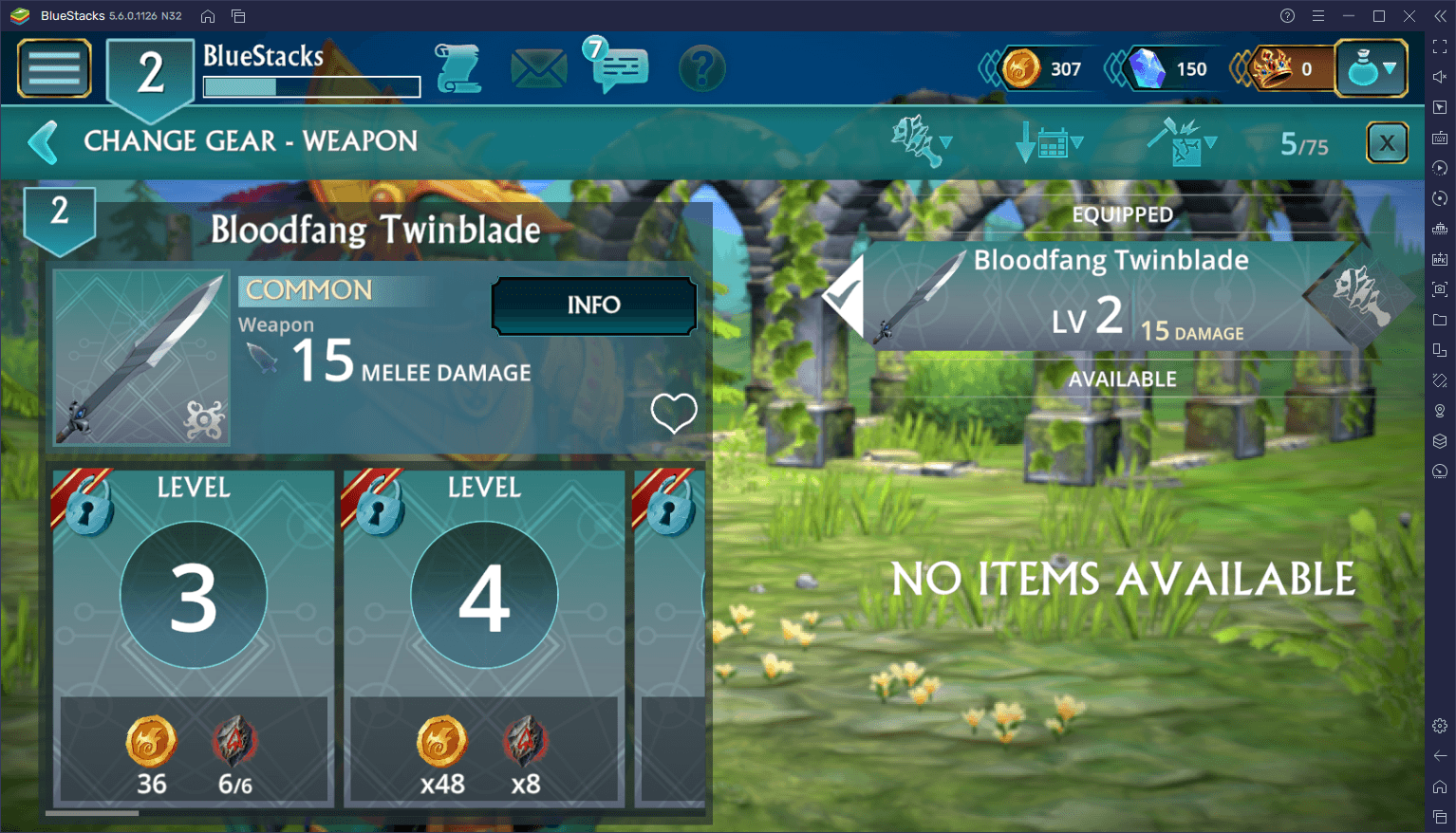
Your gear can be upgraded to boost their stats, by using shards and gold, with the max level determined by the piece’s rarity. Common pieces can be upgraded to level 10; Uncommon pieces can be upgraded to level 20; Rare pieces can be upgraded to level 30, and so on. However, once a piece reaches its level cap, you’ll need to evolve it to the next rarity to continue upgrading it. Evolving a piece is more complex as it requires you to sacrifice similar pieces of the same rarity. In this sense, always try to save duplicate copies of your favorite pieces so that you can continue upgrading them far past their initial limits.
Finally, it’s worth pointing out here that your gear can be easily shared between all your characters. In order words, you only need a single set of gear for all your alts.
And that’s it for our Puzzle Quest 3 beginner’s guide. Feel free to leave your questions and comments in the section below!

